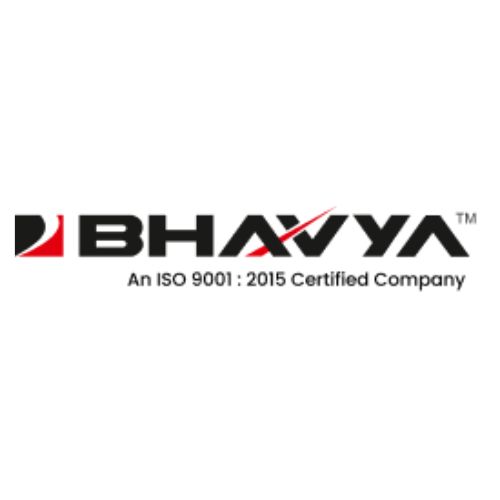Category Archives: Horizontal Milling Machine

Industrial Milling Machine – Useful Tips While Selecting the Best
Milling machine is used in industries dealing in wood, metal, plastic etc. Solid hard materials can be formed into shapes of desire. With the advanced technology there is a great improvement in the working. Today they work much faster than…

Know the Important Safe Guards while Operating Milling Machine
A milling machine includes a cutter that functions at a high speed. Hence, it can harm the user if not operated properly. Moreover, the milled material may cause serious injuries, because the metal chip is very sharp. Further the metal…

An Overview of CNC Milling Machine
The milling machine is a versatile tool that is utilized for machining solid materials. It can perform various simple as well as complicated operations, such as slot and keyway cutting, planing, drilling, contouring, diesinking, etc. They are mainly classified in two basic configurations namely vertical and…

Types of Milling Machines and Selection Guide for Workshop
A milling machine is a versatile tool that is widely used in the metal industry for performing several tasks such as milling, cutting, threading, carving, drilling, planing, contouring, die-sinking, etc. These milling tool have a cutter that can move at…

Reasons to Use Milling Machine for Shaping Metals
A milling machine is a tool that is basically used to shape or cut solid metals by removing the excess material in order to form a finished product. These are mostly utilized in the metalworking industry to perform a wide…





